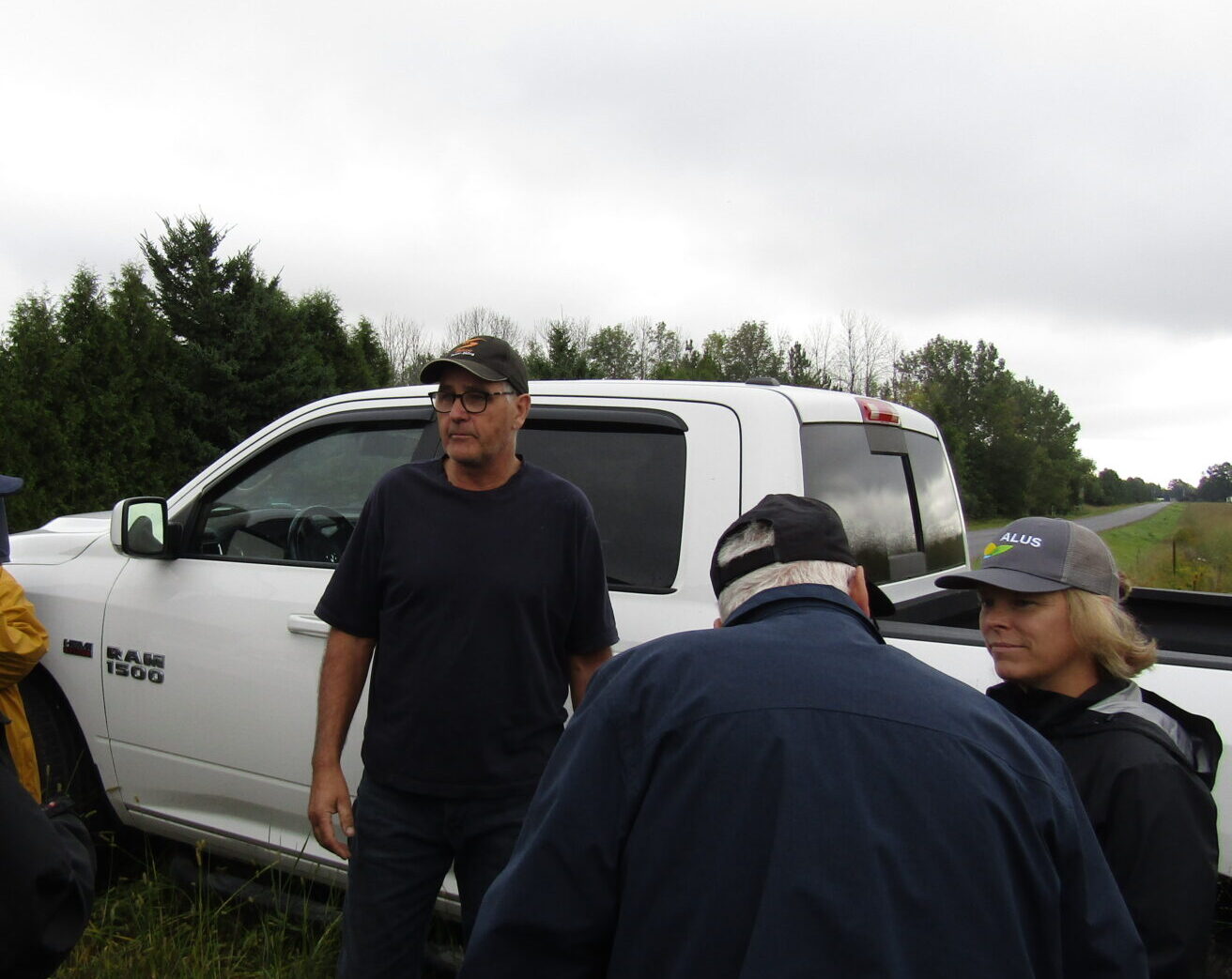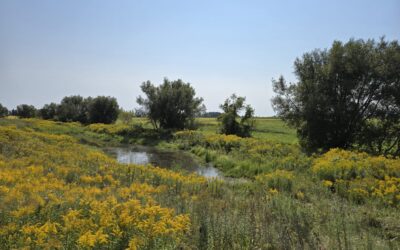Farmers like Ron Toonders are building resilient practices that benefit nature and the agricultural landscape in Ontario

This photo depicts the root system of switchgrass, Panicum virgatum. (Grown at The Land Institute in Salina, Kansas)
In the hot summer months, Ron Toonders wades through towering blades of switchgrass. Growing to the height of about 6 feet, Ron is entering his own hidden world. Switchgrass is a native perennial grass with complex root systems that form dense habitats for many creatures, both above ground and within the soil. Grassland ecosystems would have once been found all over the landscape near Williamsburg, Ontario, where Ron’s farm is located.
The Toonders family immigrated to Canada from Holland in the mid-20th century. Ron’s father worked on the St. Lawrence Seaway, the large system of canals, locks and channels that transformed commerce and transportation from the Atlantic Ocean to the Great Lakes. Ron’s father purchased his first agricultural parcel in Williamsburg in 1952, and in 1983, Ron began working with his father, purchasing the farm in 1992. Ron now manages 1200 acres of land for dairy and cash crop production and participates in ALUS Ontario East.

Ron drummed up a ton of interest in switchgrass among his community members during the Agri–Action tour with ALUS Ontario East.

Native grasslands are sometimes colloquially referred to as upside down forests, due to their massive, complex, interwoven root systems!
“The fact that ALUS exists is a bonus to the way I farm. The fact that there’s an organization willing to say to me: ‘We appreciate this.’ I think is most important,” says Ron.
The switchgrass complements Ron’s operations by improving the soil, creating a habitat for wildlife and allowing Ron to vary the function of his land throughout the year.

This scorpion fly (Mecoptera) is benefitting from the ecosystem created by Ron’s switchgrass project. Adults of this species are predators or consumers of dead organisms. Photo by Emma Gignac
“Because of the establishment cost of other crops, you only have one shot at it, whereas switchgrass stays multiple years. Then on the other side, the straw side, we need straw for livestock. We bed with it and we feed some in the ration every day and it’s a steady supply of high-quality straw for our operation,” says Ron.

Ron (grey hat), describes how he manages his switchgrass project during the Agri-Action tour.
“One of the things I like about ALUS is that it’s non-governmental, in the sense that that they appreciate what agriculture does,” says Ron. “I’d say most of the government grants are too complicated and too much work for the amount of money that is paid.”
With ALUS, Ron has been able to transform the poorly drained acres of his land into something more beneficial to his operation. Ron maintains the more productive acres of his farm for soy and corn but is also producing a full suite of ecosystem services in the previously unproductive areas.
For more information, contact your local ALUS Coordinator!



